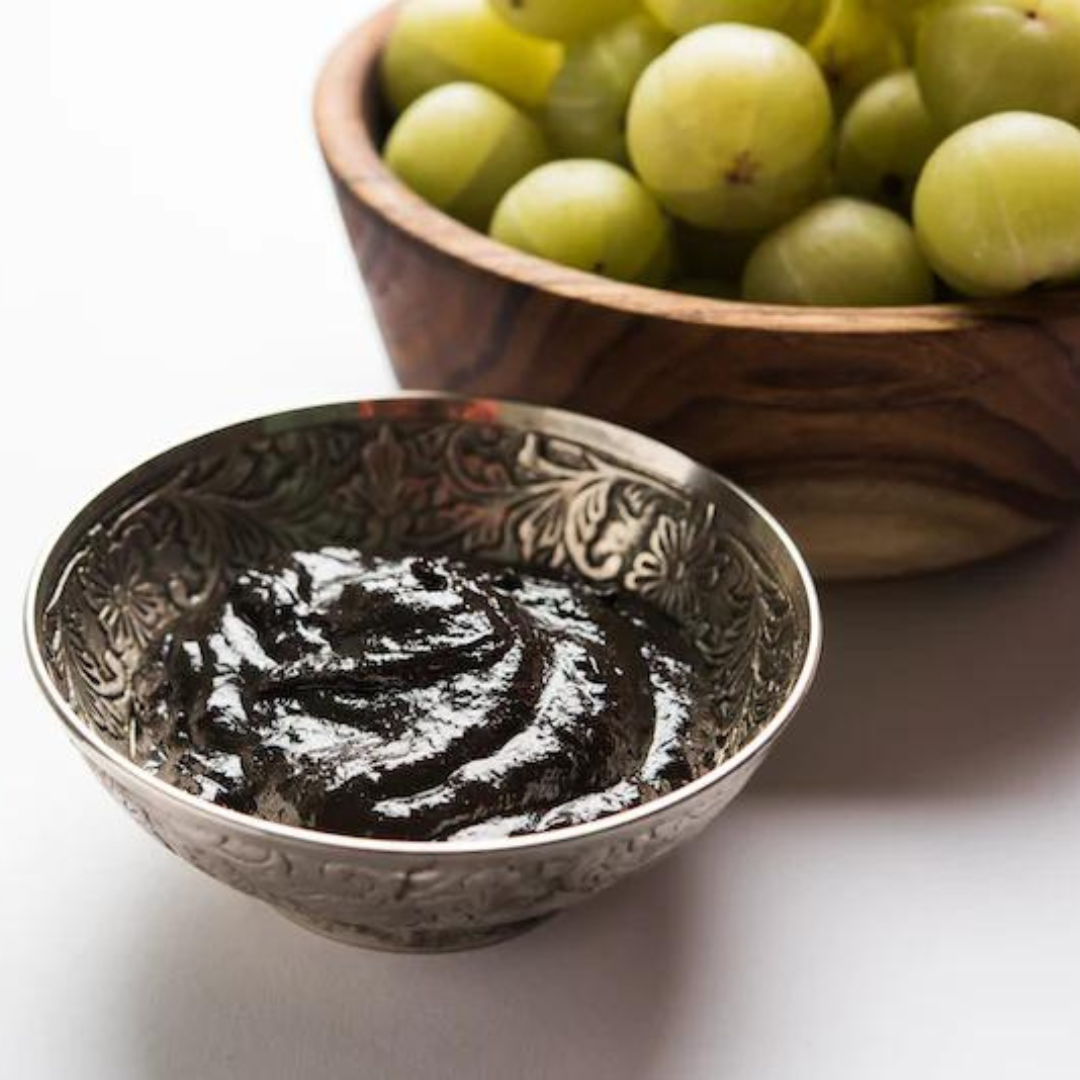It's no secret that the gluten-free trend has been on the rise in recent years - and for good reasons! For those with gluten intolerance or celiac disease, eating gluten-free whole grains can be essential to staying healthy. Consuming gluten-free grains help reduce the inflammation in the intestines caused by celiac disease.
The good news is that many gluten-free grains and pulses in India can help you follow a gluten-free diet. Read on to learn about them!
What is Meant by Gluten-free Grains?
Gluten-free grains can be defined as any grain that does not contain the protein gluten. Grains such as wheat, rye, and barley all contain gluten. So it is crucial to look for alternative sources while following a gluten-free lifestyle.
It’s also worth mentioning that many processed foods have hidden sources of gluten in them - So always read food labels carefully!
List of Healthiest & Gluten Free Grains Available in India
Do you feel restricted in terms of options while following a gluten-free diet? Not anymore! Here is a gluten-free grains list that will enrich your food with health, nutrition, and taste.
Teff
Teff, the tiniest grain in existence, originates in Ethiopia. In the majority of East Africa, it is a staple food, although it is still very new in India and many other countries.
Due to its low glycemic index and lack of gluten, this ancient grain won't cause a blood sugar rise. Each cup of Teff has roughly 20 grams of protein in addition to other nutrients like:
- Magnesium
- Fiber
- Zinc
- Iron
Oats
Oats are a popular gluten-free cereal grain because they have abundant beta-glucan soluble fibre reserves. This fibre works to increase sensations of fullness and delays the absorption of sugar into the blood.
Beta-glucan lowers cholesterol and the chance of coronary heart disease. Oats are a good source of nutrients and minerals, including the following:
- Iron
- Zinc
- Selenium
- Magnesium
- Manganese
- Phosphorous
Corn
Corn is a food crop that is naturally gluten-free and fibre-rich. It also contains lots of vitamins and antioxidants like carotenoids. In numerous civilizations, it is consumed in various ways.
Hominy, cornmeal, cornflour, and cornstarch are examples of corn products that are free of gluten. Corn includes nutrients such as:
- Vitamin A
- Vitamin B6
- Vitamin C
- Fibre
- Folate 7
- Potassium
Millet
Since ancient times, people in India and Africa have produced millet, a grain that is naturally gluten-free. The health benefits of millet became the reason for its recent popularity in the United States and other western nations.
The nutritional value of millet is high - one cup of cooked millet has 6 grams of protein and about 3 grams of fibre. It is also rich in the following nutrients:-
- Niacin
- Phosphorous
- Thiamin
- Manganese
- Copper
Brown Rice
The starchy grain known as rice is a mainstay of cuisines worldwide. There are more than 40,000 gluten-free types of rice. While the outer hull has been removed from white rice through milling and polishing, the hull is left on whole grain variants like brown rice and wild rice.
That makes brown rice super healthy with nutrients like:-
- Vitamin B1
- Vitamin B6
- Fibre
- Selenium 6
- Phosphorus
- Manganese
- Magnesium
Amaranth
Native to Peru, amaranth is a high-protein, gluten-free grain. It has been domesticated for countless years and is a crucial component of breakfast porridge in many nations, including India, Mexico, and Nepal.
This grain is adaptable and works well in salads and side dishes. Amaranth naturally contains high levels of:
- Iron
- Calcium
- Phosphorous
- Copper
- Selenium
- Magnesium
Quinoa
Quinoa is technically a kind of seed, but it resembles a grain and is devoid of gluten. It is available in various hues, including black, red, white, and yellow. It is one of the few plant-based foods containing all nine essential amino acids the body cannot produce.
That makes it one of the few complete proteins. Quinoa is packed with nutrients and antioxidants, including:
- Potassium
- Fibre
- Iron
- Magnesium
- Calcium
- Vitamin E
- B-vitamins
Buckwheat
Although buckwheat has the word "wheat" in its name, it is naturally gluten-free. It belongs to the rhubarb family. Buckwheat is a whole grain that many people regard as a superfood because of its high level of nutrition.
Buckwheat is a healthy source of fibre, protein, and energy, along with the following:-
- Iron
- Phosphorus
- B Vitamins
- Zinc
- Magnesium
Sorghum
Sorghum is a gluten-free whole grain that has been around for generations. It is a member of the Poaceae genus of grass. Some of its variants are red, brown, black, or purple. But it is typically small, spherical, white or pale yellow.
It's simple to incorporate into your diet. It's frequently used as animal feed as well. The following micronutrients can be found in sorghum in good amounts:
- Zinc
- Magnesium
- Vitamin B1 (Thiamin)
- Vitamin B6
- Iron
- Potassium
- Phosphorus
- Selenium
- Copper
In conclusion, cooking and baking gluten-free have become much easier with the advent of so many alternative ingredients. Whether looking for a quick weeknight dinner or a decadent dessert, you won’t feel deprived of choices with plenty of gluten-free grains in your kitchen.










